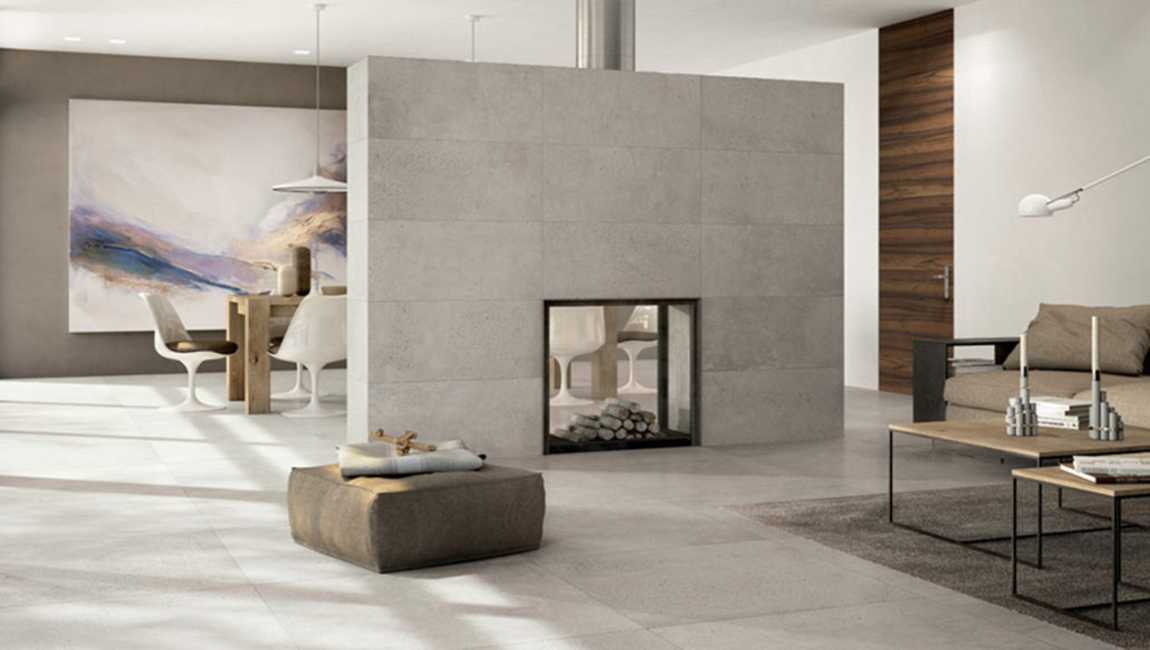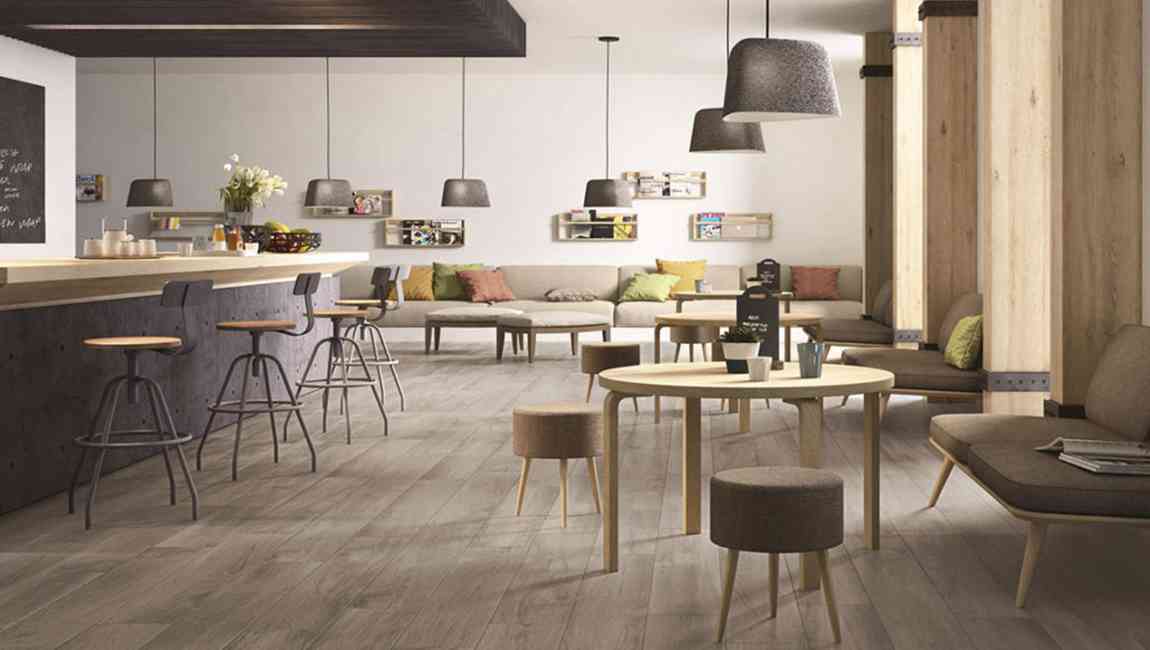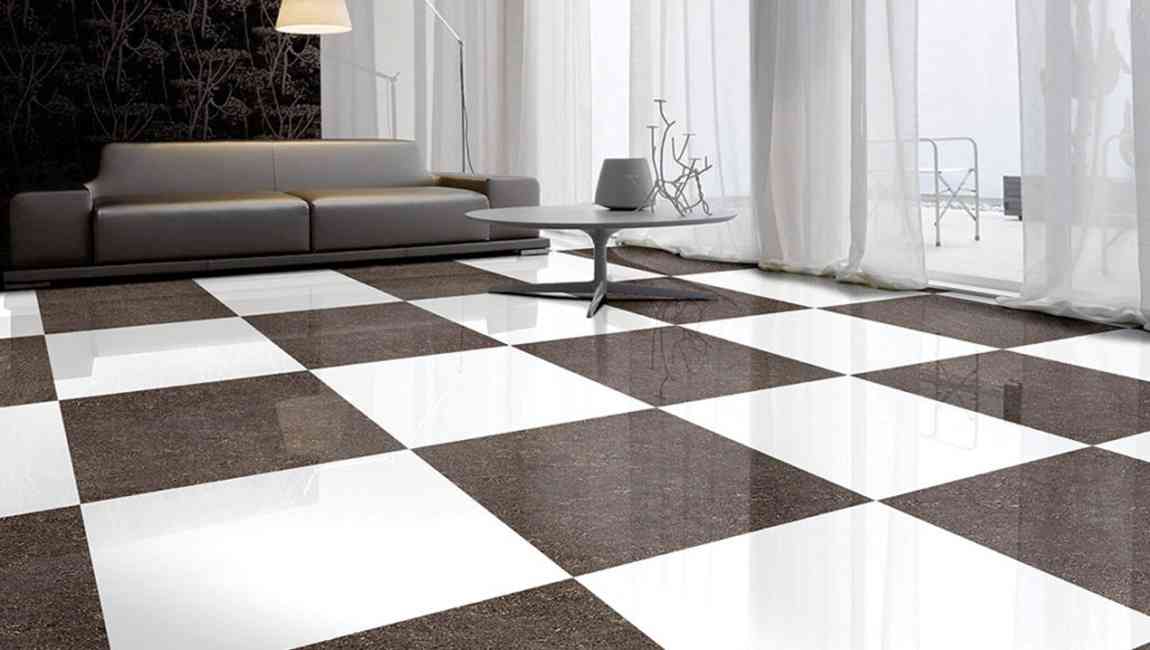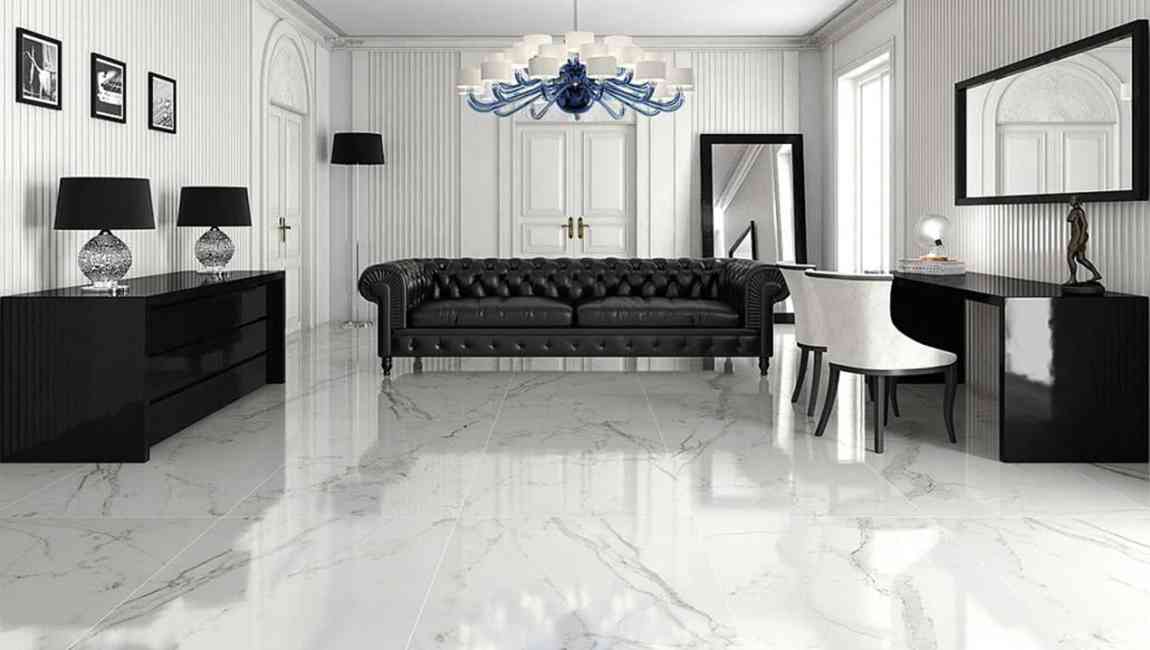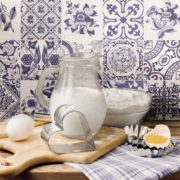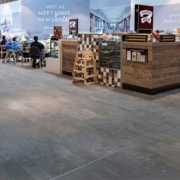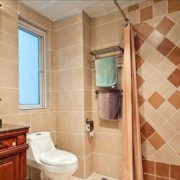Testing items for tiles
Hardness. The hardness of tiles determines the key performance of tiles, especially floor tiles. Hardness: 1-7, polished tile general 7, throwing glaze is generally 5-6, Microcrystalline stone is generally about 5, porcelain is generally 3-4, etc. Certainly, the determination of tiles hardness has a great relationship with production, such as firing time, temperature, press tonnage, material fineness. Floor tiles are larger than wall tiles, and polished tiles are more flexible than glazed tiles design. The greater the hardness, the stronger the durability of tiles. However, the hardness is also large, and the processing is difficult.
High destructive strength. Good strength of tiles crack resistance, the national standard tiles compressive strength is not less than 35Mpa, 1200N, equivalent to 120 KG people standing on the foot size of the area, the higher the tiles strength, the better resistance to weight and pressure.
Water absorption. This index can be divided into two categories, one is ceramic tile, the other is porcelain tile. Ceramic tiles water absorption rate will be high, generally about 20 percent have, low also has 5-10 percent, because there is water absorption, you can and cement well combined to prevent falling off. Porcelain tiles water absorption is relatively low, generally less than 5 percent, now many glazed tiles surface is glaze, water absorption is below 0.1 percent.
Water absorption determines the antifouling performance of cement tiles, low water absorption, weak absorption capacity, and it’s good for daily use. Inspection method: The actual effect of more than 10% water absorption is to pour a cup of 150 ml water behind the tiles, after 3 seconds, water will all infiltrate the tiles. According to the standard, tiles are divided into porcelain tiles (water absorption rate E < 0.5%), fine stoneware tiles (water absorption rate 3 < E < 6%) and stoneware Ceramic (water absorption rate 6 < E < 10%). Ceramic tiles (water absorption of more than ten percent). The inspection method should be tested on the back of the tiles.
Planeness. The level of tile surface is measured by edge curvature, middle curvature and warpage. Size is based on intuitive judgment can be, check the size of a batch of tiles is roughly the same, can better fit together, color difference is small, size regulation is top-grade. Flatness is more important to the display effect of the tiles, which is also the reason why the tiles manufacturers pay more attention. Evenness is different because of different tiles. Glazed tile is slightly worse than polishing tiles, and rustic tiles are less than polished tiles design, need to leave a gap when paving tiles. The national standard stipulates that the error is within zero point five percent.
Wear resistance. This parameter is slightly different from the hardness, and the testing method is a little different. A tile wear test is carried out on a specified wear tester according to the prescribed procedure, and the volume of the marble tiles are measured. 150 is a lower standard. The wear resistance of domestic first-line brands is generally less than 130, and good varieties reach 110. 150 is equivalent to the quality of the three line brand. The higher the wear resistance is, the more durable the tile is, the easier to non wear-resisting lay it on the floor.
The wear resistance of tiles used in public places must be less than 120. The wear resistance of tiles is divided into 1-5 grades by wear resistance test. If you want to save worry, you need to pay attention to the tiles wear resistance coefficient. Good cold resistance. It is a sign to judge whether tiles can be used normally in the climate with large temperature variation. This index deserves special attention in the climate with large temperature difference between day and night in the north. The performance is mainly for porcelain tiles and outer wall tiles, and ceramic tiles, which are easy to absorb water and crack.


